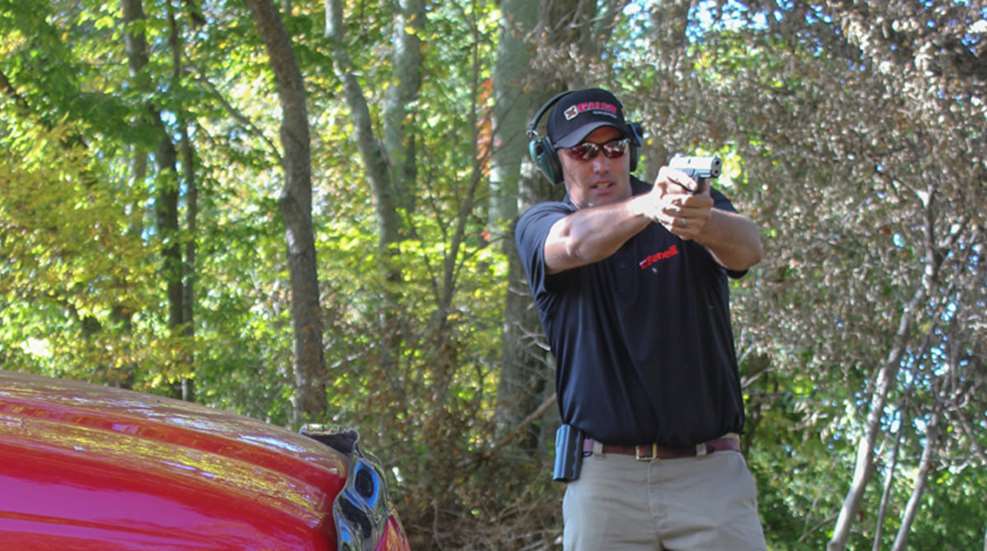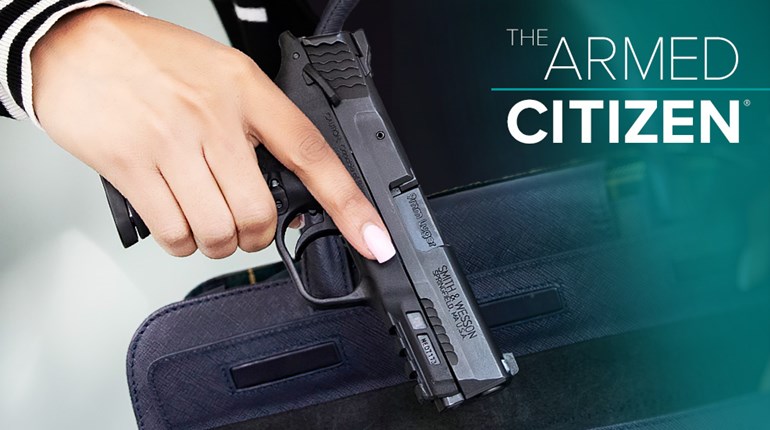
No one wants to be involved in a violent confrontation, but if you do find yourself in a life-and-death struggle it’s important to have the skills and tools required to survive. The most obvious tool you’ll need to survive a violent attack is a firearm, but ultimately it’s your level of skill with that firearm that will determine whether or not you survive.
Basic shooting skills are important, both for safety and proficiency, but you need to consider adding movement drills to your training regimen. Most basic firearms training courses—specifically the ones required to obtain your CCW permit—don’t address movement when firing, and that’s in large part because there are other basic firearms fundamentals that need to be covered. But once you’ve mastered standing and shooting, you need to start learning the skills for moving and shooting. Here are four reasons why:
1. It Helps Remove You From the Threat
Ultimately, you’ve drawn your firearm and started firing because you thought that your life or the life of others was in imminent danger. Under those circumstances you want to do everything within your power to get away from that violent situation and increase your odds of survival. Remember that your “zone of safety” is roughly 20 feet, maybe a little more. If someone is within that zone of safety, they can potentially reach you before you can draw and fire. Movement maintains that distance and increases the odds that you’ll walk away from the encounter.
2. It Makes You a Hard Target
When you’re standing face-to-face with a steel target your goal is simple: Strike the metal plate with a bullet fired from your firearm. The dynamic changes completely when your goal is to hit your target while avoiding being shot yourself. One of the great advantages of learning to shoot and move is that you are not only becoming more proficient at hitting your target, you are simultaneously making it far more difficult for your attacker to injure you.
3. It Allows You To Reach Safe Cover
Tactically speaking, the worst place to be is standing upright in broad view of your attacker with nothing to protect you. As previously stated, training for defensive shooting has two objectives—hitting your target while minimizing the odds that you get shot yourself. One of the best ways to accomplish the latter is to get behind some type of cover that is going to conceal you or even stop a bullet from hitting you, whether it’s the corner of a building, a grove of trees or a vehicle.
4. It Makes You a More Versatile Shooter
Walking and shooting might not be difficult for you separately, but when you’re doing both at the same time it can become much more difficult. You’re asking your brain to concentrate on hitting your target while simultaneously performing another task. In the end what you’re accomplishing is making yourself a more versatile shooter, and this, in turn, makes you better prepared to deal with a threat under circumstances over which you have very little control and at a time and place that you did not choose.






































